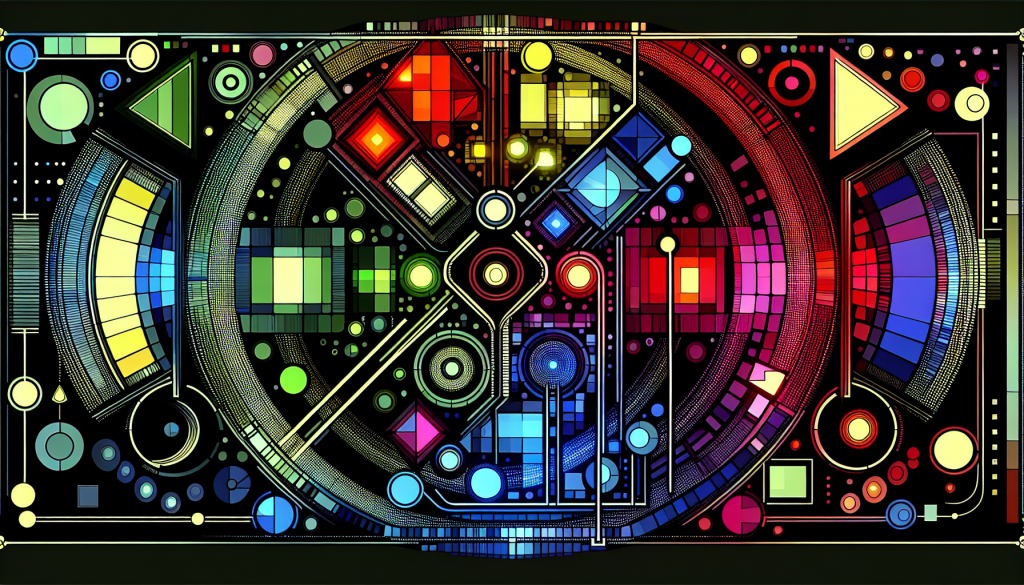Decoding Dashboard Warning Lights
Dashboard warning lights are like your car’s way of sending you a text message about its health. Knowing what each light means can save you from a world of trouble down the road.
Why Dashboard Warning Lights Matter
These lights aren’t just for show. They’re your car’s way of saying, “Hey, something’s up!” From minor hiccups to major breakdowns, these lights give you a heads-up. Ignoring them? Not a good idea. It could lead to bigger problems and a hefty repair bill.
Common Dashboard Warning Lights and What They Mean
Get to know these common dashboard warning lights. Trust me, it’ll make your life easier:
| Warning Light | What It Means |
|---|---|
| Check Engine Light | Something’s wrong with the engine or emissions system |
| Oil Pressure Light | Low oil pressure—could mess up your engine |
| Battery Light | Battery or charging system issues |
| Brake System Light | Brake problems, maybe low brake fluid |
| ABS Light | Anti-lock Braking System (ABS) issues |
| Coolant Temperature Light | Engine’s overheating |
| Airbag Light | Airbag system problem |
| Transmission Light | Transmission issues |
Want the full scoop? Check out our dashboard warning light guide and dashboard warning light meanings.
What to Do When a Warning Light Pops Up
So, a warning light just lit up your dashboard. Now what? Follow these steps:
- Identify the Light: Grab your vehicle’s manual or check our dashboard warning light symbols to figure out what the light means.
- Assess the Situation: Is it a big deal or can it wait? If it’s something serious like the engine or brake light, pull over and get help.
- Check the Basics: Look at the oil levels, coolant, and battery. Sometimes it’s an easy fix.
- Use an OBD-II Scanner: Got one of these gadgets? It can read diagnostic codes and give you a better idea of what’s wrong.
- Call a Pro: If you’re stumped or the issue seems serious, get a mechanic to take a look. For more tips, check out our article on troubleshooting dashboard warning lights.
By paying attention to these lights and knowing what to do, you can keep your car running smoothly and safely. For more tips and tricks, dive into our articles on dashboard warning light issues and dashboard warning light solutions.
Troubleshooting Dashboard Warning Lights
DIY Troubleshooting Tips
Seeing a dashboard warning light pop up can be a bit of a heart-stopper. But don’t panic! Some of these issues are easy to fix on your own. Here’s a quick guide to help you out:
- Check Your Car’s Manual: Your car’s manual is like the cheat sheet for all those mysterious lights. Get to know the dashboard warning light symbols and what they mean.
- Check Fluid Levels: Sometimes, it’s just a matter of topping up your fluids. Make sure your oil, coolant, brake fluid, and other essentials are at the right levels. If you see the dashboard warning light oil, it might just mean you need more oil.
- Inspect the Battery: A weak battery can light up your dashboard like a Christmas tree. Check for corrosion and make sure the connections are tight. For more details, see our article on dashboard warning light battery.
- Look for Obvious Issues: Loose gas caps, blown fuses, or burnt-out bulbs can trigger warning lights. Check these simple fixes first. For example, a dashboard warning light fuse might just mean a fuse needs replacing.
- Reset the Warning Light: Sometimes, all you need is a reset. Follow the instructions in your manual or check out our guide on reset dashboard warning lights.
| Troubleshooting Step | Description |
|---|---|
| Check Manual | Understand the warning light symbols and meanings. |
| Check Fluids | Ensure all essential fluids are at proper levels. |
| Inspect Battery | Check battery connections and condition. |
| Look for Issues | Inspect for loose gas caps, fuses, and bulbs. |
| Reset Light | Follow steps to reset the warning light. |
When to Seek Professional Help
DIY fixes are great, but sometimes you need to call in the pros. Here’s when you should head to a mechanic:
- Persistent Warning Lights: If a light stays on despite your best efforts, it might be something serious. Get a dashboard warning light diagnosis from a professional.
- Complex Issues: Problems with the transmission, airbag, or ABS systems need expert attention. For instance, a dashboard warning light transmission should be checked by a pro.
- Intermittent or Flickering Lights: If a warning light is flashing, flickering, or intermittent, it could be an electrical issue.
- Unusual Noises or Performance Issues: If the warning light comes with strange noises or performance changes, get help immediately. For example, a dashboard warning light brake with braking issues needs urgent attention.
- New or Unfamiliar Lights: If a new light pops up and you’re not sure what it means, consult a mechanic. They can provide a thorough dashboard warning light diagnosis and recommend repairs.
| Situation | Action |
|---|---|
| Persistent Lights | Professional diagnosis needed. |
| Complex Issues | Consult a mechanic for specialized systems. |
| Intermittent/Flickering Lights | May indicate an electrical problem. |
| Unusual Noises/Performance | Seek immediate professional help. |
| Unfamiliar Lights | Get a thorough diagnosis. |
Knowing when to fix things yourself and when to call in the experts can keep your car running smoothly. For more tips, visit our dashboard warning lights solutions page.



